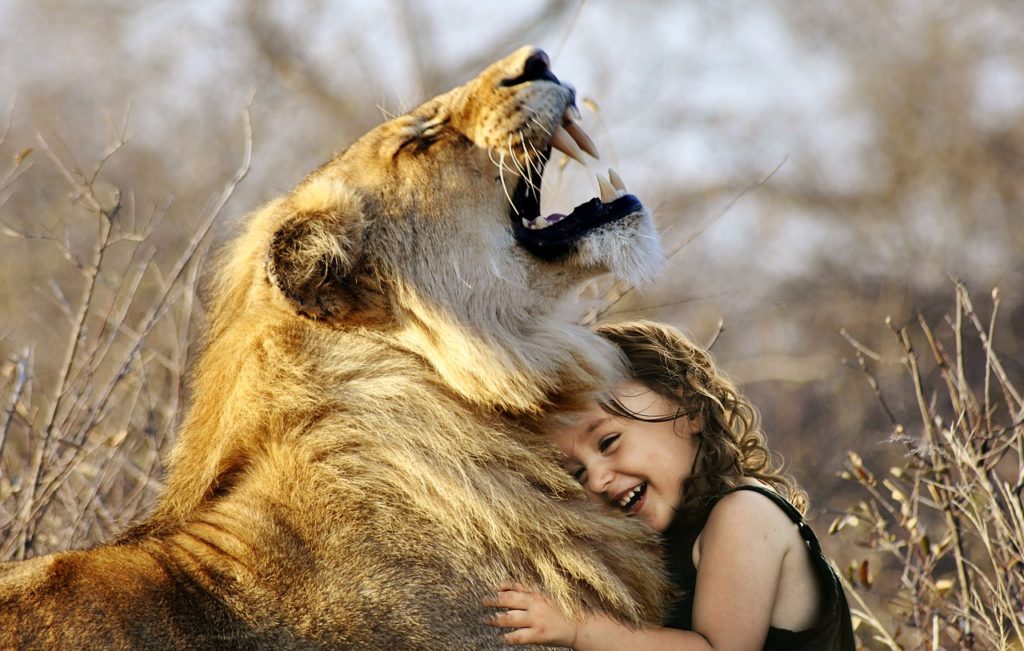Music is an important tool in early childhood development and there are numerous activities that parents can do at home. Set aside some time each day that you and your child can experiment with music. For example, sing a song/rhyme together, listen to music your child enjoys, have a dance party, or make instruments with household items to explore sound. Music and movement also help remember new words and develop vocabulary!
Definitions
Emotion – a strong feeling (such as love, anger, joy, hate, or fear).
Melody – a group of musical notes that make a pleasing pattern or song. Another word for melody is tune.
Recommended reading this week
Go Away, Big Green Monster!
by Ed Emberley
Glad Monster, Sad Monster:
A Book About Feelings by Ed Emberley
Tubby the Tuba by Paula Tripp
Giraffes Can’t Dance by Andreae Giles
Play a music and emotion game!
Using the five distinct emotions of joy, sadness, fear, anger, and disgust, play a game with your child. Play clips of songs and help your child decide which emotion they feel when they hear that song. When they decide, they can make a face or statue that represents that emotion.
En Español
La música es importante para el desarrollo de los niños y hay muchas actividades para hacer con ellos en la casa. Dedique tiempo todos los días para que sus niños experimenten con la música. Por ejemplo, canten una canción/rima juntos, escuchen música que les guste a ellos, bailen juntos, o hagan instrumentos con cosas que encuentren en su casa. ¡La música y el movimiento ayudan a recordar palabras nuevas y desarrollar el vocabulario!
Definitions
Rápido – Emoción- un sentimiento fuerte (por ejemplo: amor, enojo, alegría, odio, o miedo)
Melodía – un grupo de notas musicales que hacen un sonido bonito o una linda canción.
Lecturas recomendadas esta semana
Go Away, Big Green Monster!
by Ed Emberley
Glad Monster, Sad Monster:
A Book About Feelings by Ed Emberley
Tubby the Tuba by Paula Tripp
Giraffes Can’t Dance by Andreae Giles
Juegue con música y emociones.
Juegue un juego con su niño y use cuatro emociones distintas, como felicidad, tristeza, enojo, y asco. Escuche partes breves de canciones y ayúdele a su niño a identificar la emoción que siente cuando escucha las canciones. Cuando escoja la emoción que siente, pídale a su niño que haga una cara que refleja esa emoción.
Haga pelotas para combatir el estrés.
Es muy común para los adultos y los niños sentirse estresados por diferentes situaciones. Una actividad que puede ayudarles en los momentos de estrés es apretar una pelota. Para crear su propia pelota antiestrés, siga las instrucciones en este video: https:// www.youtube.com/ watch?v=EMAHhCPd2TM


